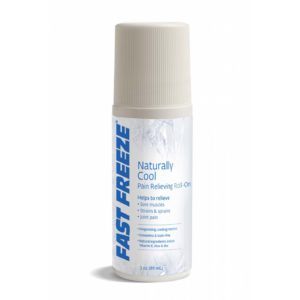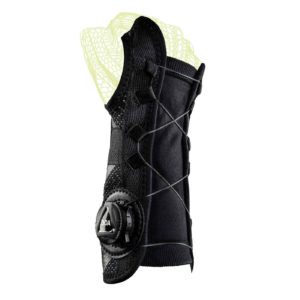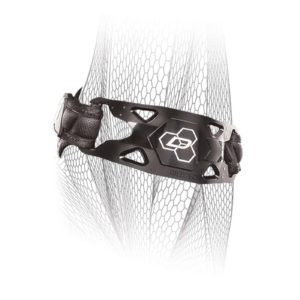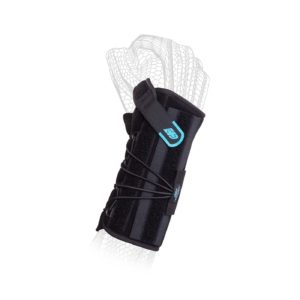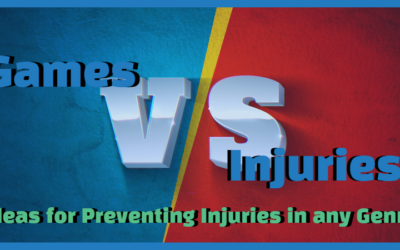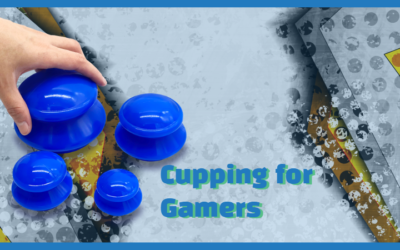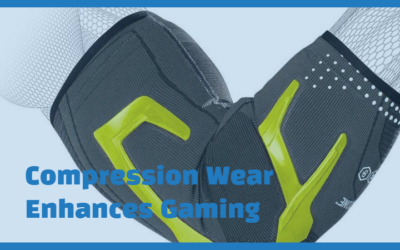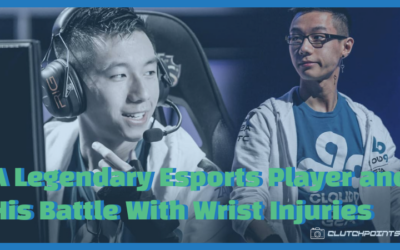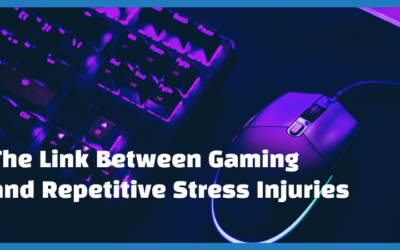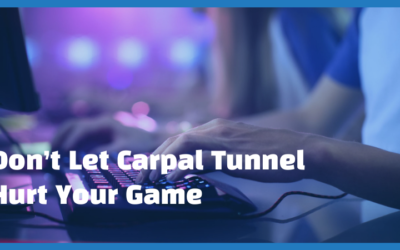Repetitive actions and prolonged sitting can lead to muscle strains and aches in gamers and esports professionals. The most common injury sites are in the neck, wrist, fingers, forearms, elbows, and back [1]. Like other athletes, gamers should address these injuries as soon as they occur to avoid long-term problems that can reduce mobility and performance. Especially since playing video games for even just three hours a day is correlated with muscular dysfunction and injuries [2].
While it’s common knowledge that you should take breaks, drink plenty of water, and stretch after playing video games, there are other activities that might help you get rid of muscle tightness and knots. Myofascial release, a type of massage, is an effective way to relieve pain and muscle aches [3, 4]. Myofascial release is a therapy technique that involves applying deep pressure to the muscle and fascia (the connective tissue in your muscles). After prolonged sitting or in response to recurrent small movements, muscle fascia can become excessively stiff and cause pain in particular areas.
You can greatly reduce tightness and discomfort in these painful pressure points by using items like foam rollers for your back and major muscles, or even lacrosse balls or harder handheld objects for smaller areas like your neck and forearms. More frequent esports-related injuries like carpal tunnel syndrome, back pain, and tennis elbow can be treated with myofascial release therapy. Performing myofascial release therapy on your forearms has been demonstrated to significantly relieve pain and help prevent both carpal tunnel syndrome and tennis elbow [5, 6]. Myofascial release has also been shown to help alleviate back pain [7].
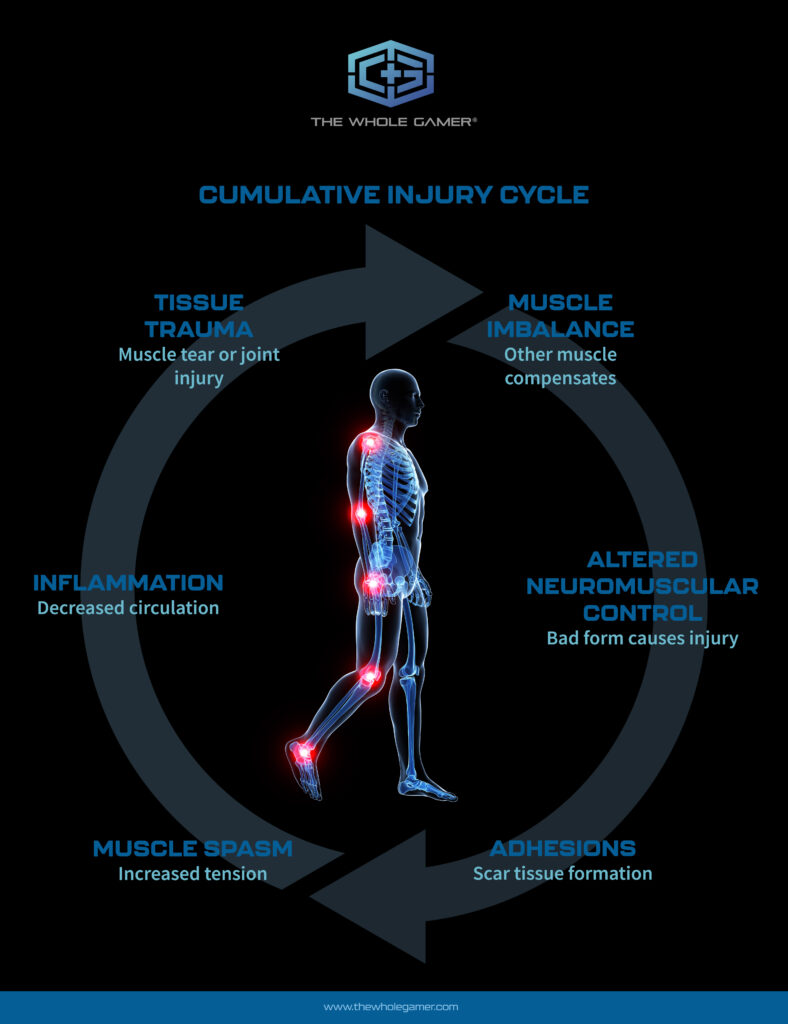
Evidence suggests that myofascial release therapy can increase range of motion, muscle recovery, and even blood flow [4]. Incorporating myofascial release therapy into your daily routine can greatly reduce pain and tension in your muscles when gaming. It can be useful to spend 5-10 minutes gently working your muscles all throughout your body. This enables you to locate pressure and pain sites so that you can spend more time exerting sustained pressure on those areas to loosen them.
Myofascial release therapy can be painful at first. For long-term relief, pressing through the pain is crucial. However, when the pain is too severe and not being reduced by the therapy, it’s essential to back off. After your muscles have had time to recover from your previous session, take a break and return to the area. If myofascial release therapy does not relieve your muscle discomfort and sprains, there may be a more serious injury at hand that requires medical attention to maintain your best gaming performance.
Overall, myofascial release treatment can be a fantastic tool for esports players to keep their muscle strains at bay and maintain optimal performance. Best of all, myofascial release is a beneficial habit that can be easily added to your daily routine.
- McGee, C., et al., More Than a Game: Musculoskeletal Injuries and a Key Role for the Physical Therapist in Esports. 2021, JOSPT, Inc. JOSPT, 1033 North Fairfax Street, Suite 304, Alexandria, VA …. p. 415-417.
- Tholl, C., et al., Musculoskeletal disorders in video gamers–a systematic review. BMC Musculoskeletal Disorders, 2022. 23(1): p. 1-16.
- Emara, A.K., et al., Gamer’s health guide: optimizing performance, recognizing hazards, and promoting wellness in esports. Current Sports Medicine Reports, 2020. 19(12): p. 537-545.
- Beardsley, C. and J. Škarabot, Effects of self-myofascial release: a systematic review. Journal of bodywork and movement therapies, 2015. 19(4): p. 747-758.
- Kazantzidou, V., et al., The efficacy of manual techniques in the treatment of carpal tunnel syndrome symptoms: A narrative review. Int. J Orthop Sci, 2021. 7(2): p. 423-427.
- Ajimsha, M., S. Chithra, and R.P. Thulasyammal, Effectiveness of myofascial release in the management of lateral epicondylitis in computer professionals. Archives of physical medicine and rehabilitation, 2012. 93(4): p. 604-609.
- Wu, Z., et al., Myofascial release for chronic low back pain: A systematic review and meta-analysis. Frontiers in medicine, 2021. 8: p. 697986.

